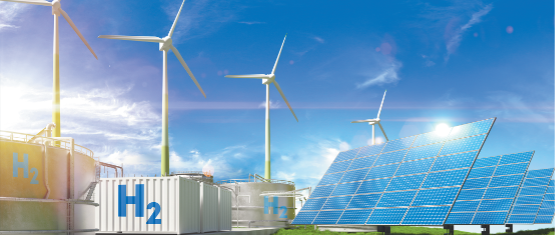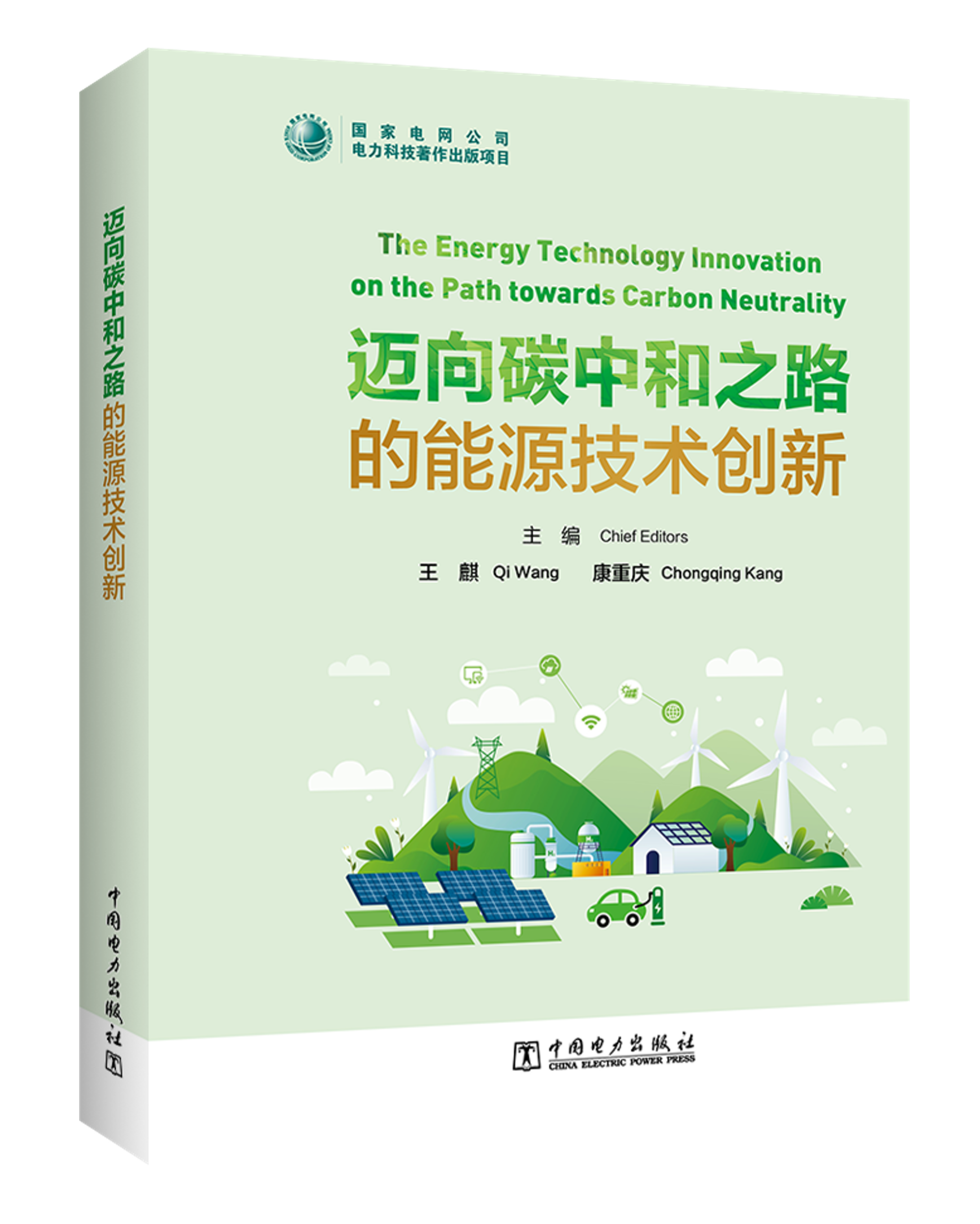The Global Warming Situation is Alarming
On November 7, 2022, at the 27th Conference of the Parties to the United Nations Framework Convention on Climate Change (COP27), UN Secretary-General Antonio Guterres stated: "We are on a highway to climate hell with our foot still on the accelerator."
This is not an exaggeration. In recent years, the adversities brought by climate change have become ever more severe, causing disasters such as forest fires, heat waves, droughts, and crop failures. These disasters have serious consequences for human survival, whilst forcing millions of people around the world to flee their homes and become climate refugees, creating huge challenges for the political, economic, and social systems around the world. If human society continues to ignore and neglect this issue, the number of climate refugees will potentially increase by tens or even hundreds of millions in the next decade.
Reaching Carbon Neutrality has Become a Global Consensus
Climate change, caused by industrialization, has severely damaged the natural environment that humans rely on for survival. Tackling climate change and curbing global warming are common challenges that the whole world faces. By 2020, 137 countries had set goals to achieve carbon neutrality by the mid-21st century, accounting for 73% of total global CO2 emissions. In response to the growing climate crisis, reaching carbon neutrality by the middle of this century has gradually become a global consensus. This goal and the move towards low-carbon or even zero-carbon emissions are dictated by the time that we live in. Promoting clean energy transformation and achieving green and sustainable development through technological innovation is unquestionably the only solution to the global climate crisis.
To address the global climate crisis, countries around the world have established phased emission reduction principles and targets through successive United Nations Climate Change conferences. Among these, the Paris Agreement adopted in 2015 is a legally binding landmark climate treaty that sets clear goals for achieving carbon neutrality. The treaty is designed for global action on climate change after 2020 with an objective to prevent the global average temperature from increasing more than 2 °C above the temperature benchmark set before the beginning of the Industrial Revolution, with a target to stabilize the temperatures at 1.5 °C and limit greenhouse gas emissions to a net zero by the second half of this century.

To reach carbon neutrality in the next three to four decades, it is necessary to lower the energy intensity per unit of GDP so that the total energy supply can decrease despite significant global population and economic growth. From 2010 to 2020, the global energy intensity dropped by less than 2% per annum on average. From 2020 to 2030, energy intensity is expected to fall by an average of 4% per annum, which requires combined efforts to reform energy institutions and enhance energy efficiency.
Scientific and Technological Innovation: The Key for low-carbon Energy Transition and Carbon Neutrality
Carbon neutrality is a radical green transformation that will create a completely new industrial system free of carbon emissions, which requires disruptive and transformative breakthroughs in technology.
The International Energy Agency predicts that most of the global CO2 cuts on the path to carbon neutrality from now until 2030 will employ technologies that are currently available. But by 2050, almost half of the emissions reduction will use technologies that are still in trial or prototype stages, and the rest will require new technologies that have not yet been developed or commercialized.

The annual report of China CCUS (2021) suggests that China lacks a green and low-carbon technology system for carbon neutrality, and there is huge potential for improvement in the development and application of key technologies of strategic importance. The existing emission reduction technology system is inadequate to achieve the carbon neutrality vision. Under the circumstances, technological innovation is the key to unlock carbon neutrality, and the next industrial revolution will no doubt be a green and low-carbon scientific and technological revolution. Low-carbon, zero-carbon and negative carbon technologies should be vigorously developed in various fields such as clean energy, smart grid, energy storage, green hydrogen energy, electric and hydrogen fuel vehicles, carbon capture, utilization and storage.
“The Energy Technology Innovation on the Path Towards Carbon Neutrality" Is Published After Two Years of Joint Efforts
The Energy Technology Innovation on the Path towards Carbon Neutrality explores the key areas of energy technology innovation for carbon neutrality, featuring a group of experts including Nobel laureates, academicians, government officials, and young and middle-aged researchers. The book examines the challenges in meeting carbon neutrality goals from various perspectives and aspects, and presents the technological innovation concepts, results and cutting-edge development trends in the fields of zero-carbon power systems, clean and smart transportation industry, hydrogen energy development and application, energy digitization and more, and outlines a roadmap to achieve carbon neutrality.
The book features a preface by Qide Han, who served as the Vice Chairman of the 11th National People’s Congress and the 12th CPPCC National Committee, the honorary Chairman of the China Association for Science and Technology, and an academician of the Chinese Academy of Sciences, and M. Stanley Whittingham, who won the 2019 Nobel Laureate in Chemistry and is a member of the American Academy of Engineering.

Qide Han

Whittingham
Academician Qide Han points out: “Scientific and technological innovation that serves the genuine well-being of humanity is indispensable for achieving the goal of carbon neutrality. This is fundamentally a rethinking and reshaping of the prior technology and development model, and a new technological revolution. This technological revolution calls for strengthened international communication and collaboration, and full utilization of global innovation resources."
Academician Whittingham writes: “This book is a great start towards the goal of carbon neutrality, which will require collaborative efforts to enlighten the public and implement our ideas in practice.”
Highlights
A team of internationally renowned contributors
Edition of The Energy Technology Innovation on the Path towards Carbon Neutrality is chaired by Qi Wang, the President of the US-China Green Energy Council (UCGEC), and Chongqing Kang, the Director of the Energy Internet Research Institute of Tsinghua University.

Qi Wang

Chongqing Kang
The more than twenty contributors to this book are all renowned experts and scholars in the field of energy technology innovation, including Nobel laureates, academicians and young and mid-aged researchers. Together, they explore the ideas and cutting-edge development trends of energy technology innovation under the goal of carbon neutrality from multiple levels and perspectives.
●Top scientists from China and the United States: Steven Chu, Nobel Prize winner and the 12th U.S. Secretary of Energy, Jin Yong, an academician of the Chinese Academy of Engineering (CAE), and Qingquan Chen, an academician of both the Chinese Academy of Engineering and the Royal Academy of Engineering (RAE) in the UK;
●Energy technology policymakers from China and the United States: Dinghuan Shi, former Counselor of The State Council of China; Robert B. Weisenmiller, former Chair of the California Energy Commission; and Ben De Alba, consultant of the California Energy Commission;
● Leaders of internationally renowned think tanks: Drew Kodjak, Executive Director of the International Council on Clean Transportation (ICCT);
● Young and middle-aged researchers from top universities and research institutions such as Tsinghua University, University of California, Davis, and the Electric Power Research Institute (EPRI), and technical experts from select Chinese and foreign enterprises.

Steven Chu

Yong Jin

Qingquan Chen

Dinghuan Shi

Robert B. Weisenmiller

Ben De Alba

Drew Kodjak
Focusing on cutting-edge and key areas of energy technology innovation
Carbon neutrality will bring about a profound green and low-carbon scientific and technological revolution. The Energy Technology Innovation on the Path towards Carbon Neutrality draws on the scientific and technological innovation wisdom of top experts from China and the United States, focusing on multiple cutting-edge key areas such as the zero-carbon transformation of the power system, energy storage technology, clean and intelligent transportation, hydrogen energy, digital energy, and showcasing their scientific research results and successful practical experience. The book aims to offer some practical knowledge and fresh perspectives and ideas for science and technology advocates, policymakers, entrepreneurs and scholars committed to achieving carbon neutrality goals and all those who are concerned about carbon neutrality.
Published In Chinese and English to promote international cooperation
The Energy Technology Innovation on the Path towards Carbon Neutrality is published in both Chinese and English, aiming to foster international scientific and technological exchanges and cooperation in the direction of carbon neutrality from a global perspective. It seeks to encourage scientists, entrepreneurs, and investors across the world to integrate a global outlook on energy innovation, prioritize key and challenging technologies, collaborate internationally, and attain breakthroughs and industrialization of key carbon-neutral technologies with higher speed and quality.
Preview


